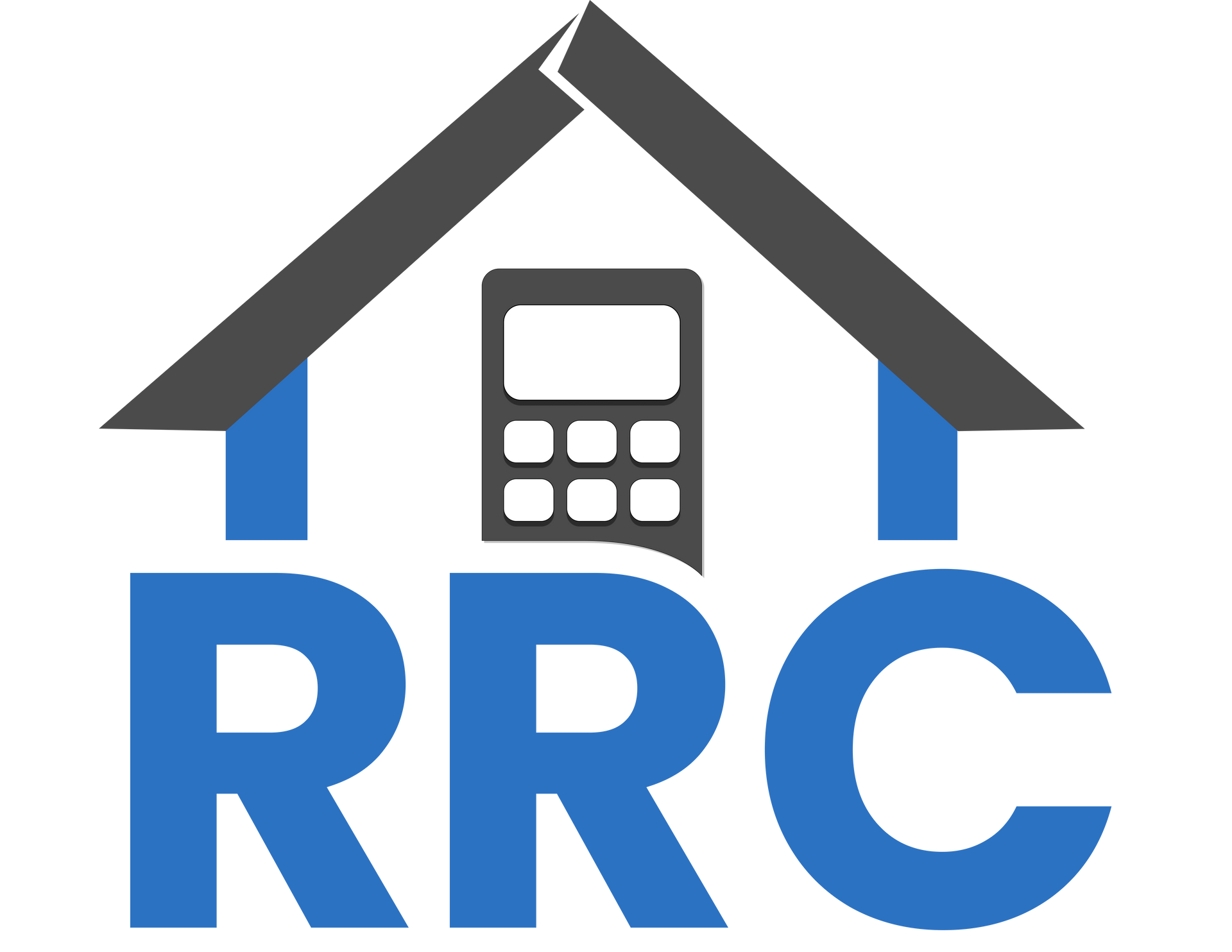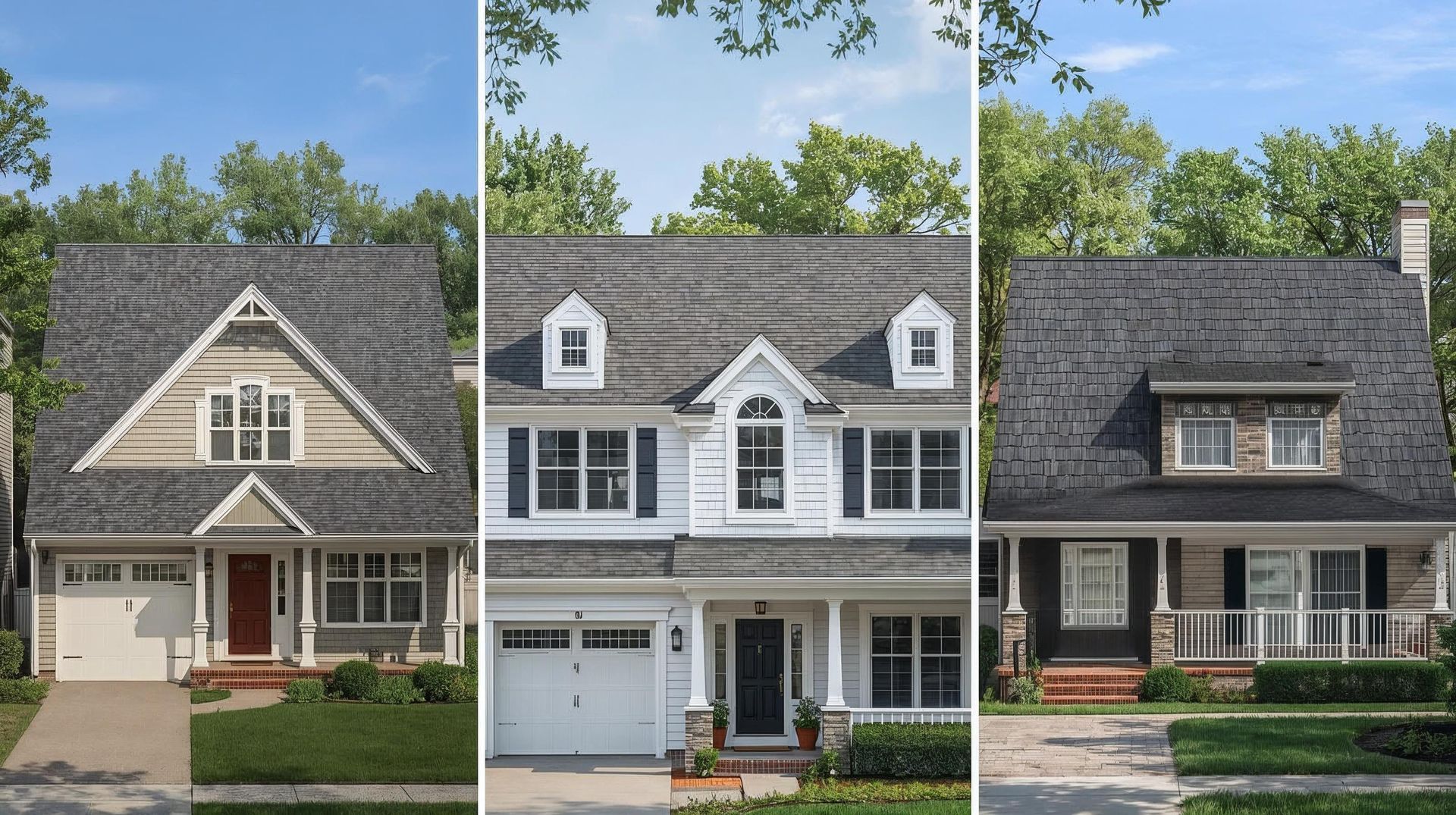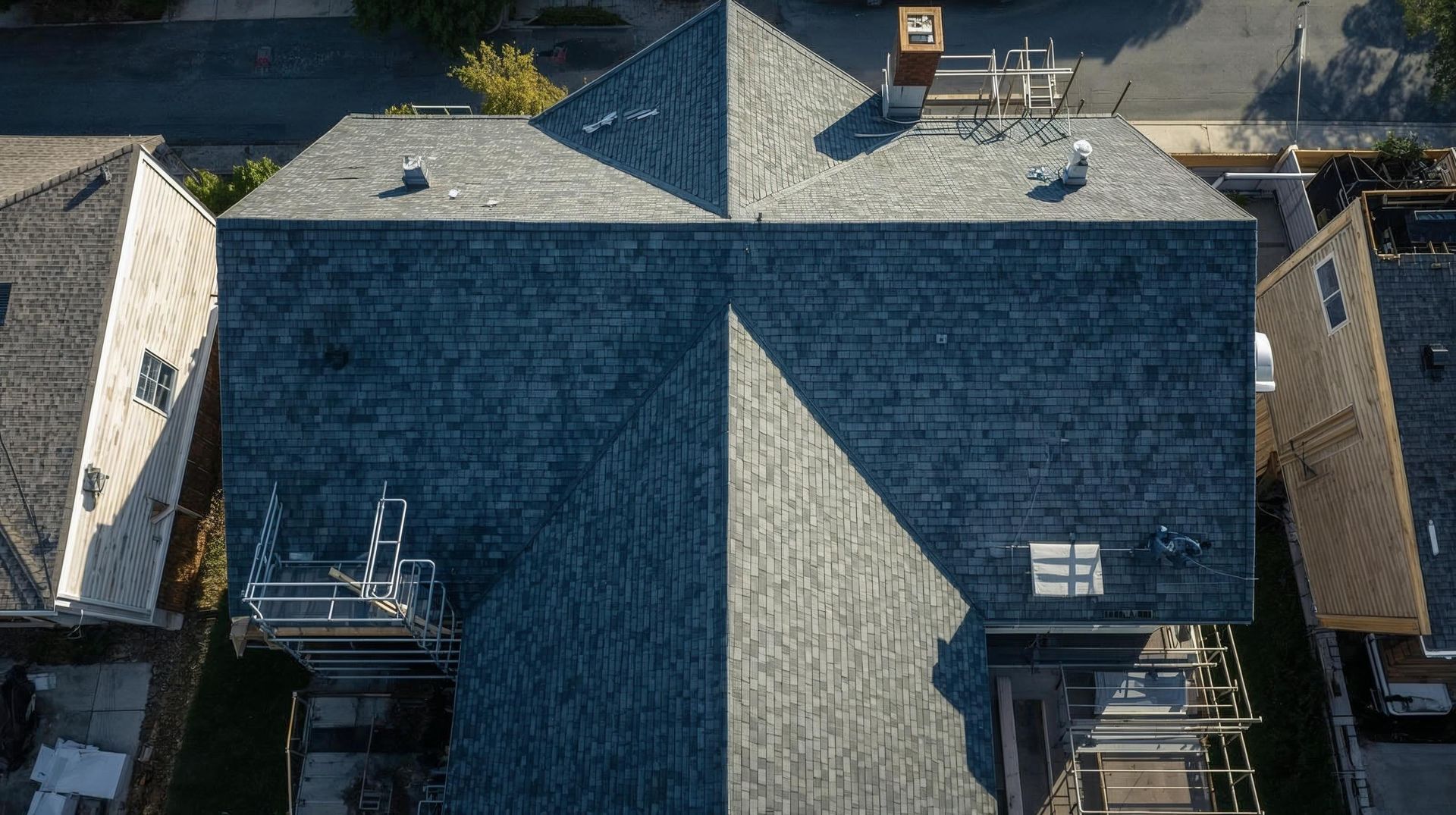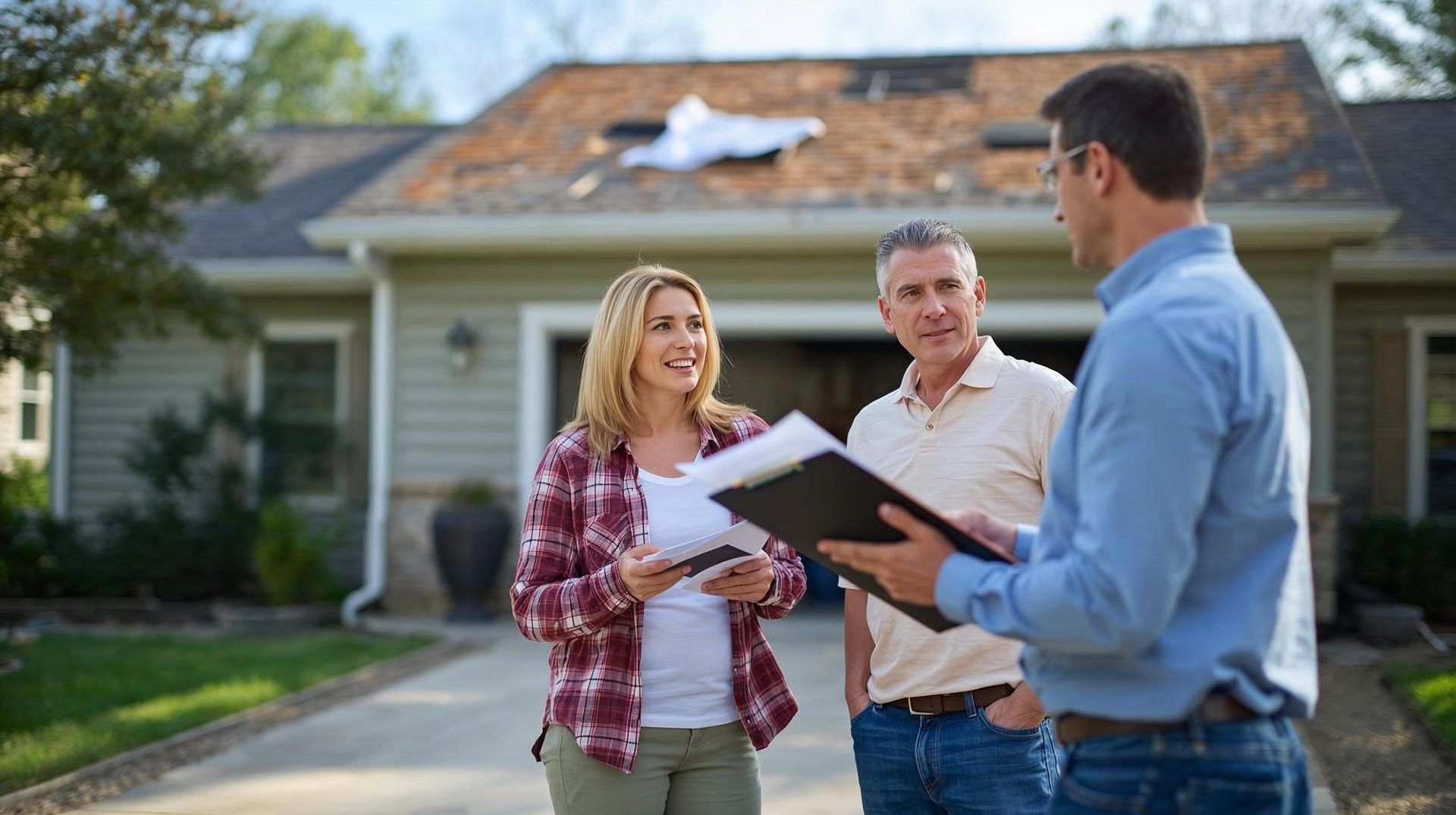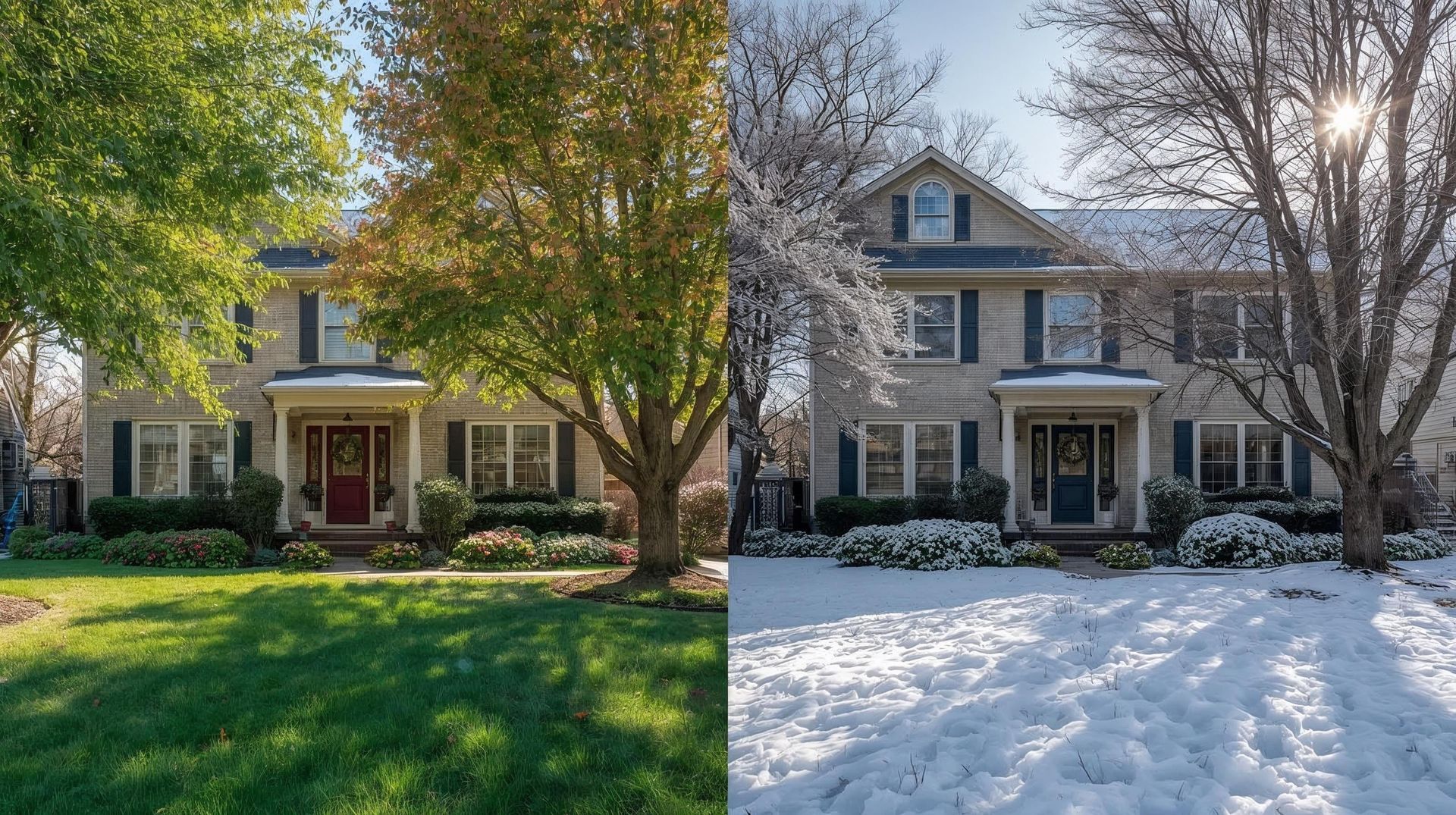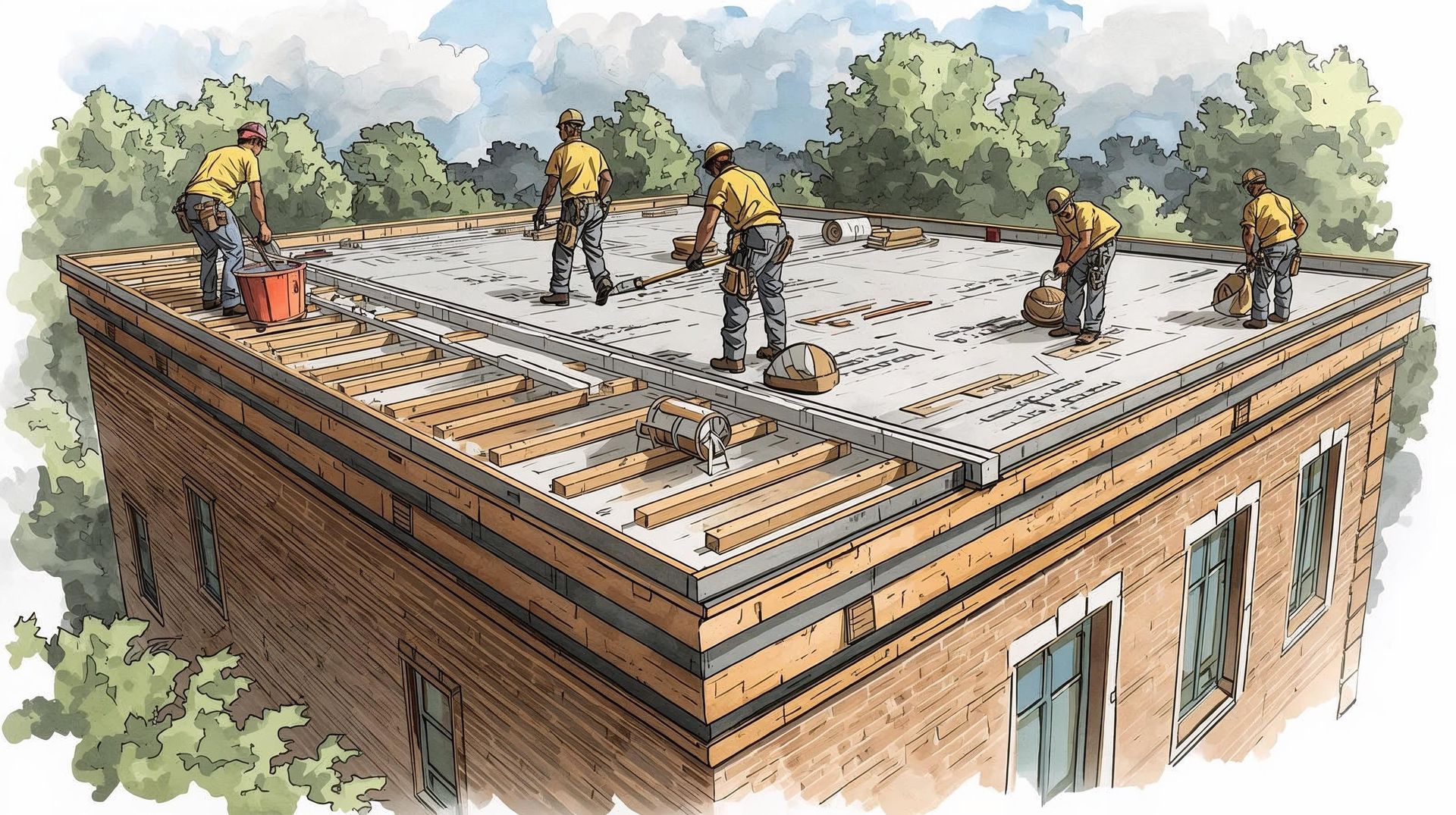2025 Forecast: Will Roof Replacement Costs Go Up or Down?
Key Takeaways
- Manufacturers signaled 6–10% price hikes in 2025 for shingles, metal roofing, and accessories.
- Typical roof replacement cost per square foot in 2025 ranges from about 44–1414, depending on materials and scope.
- Most homeowners can expect total cost bands between roughly 6,8006,800 and 19,80019,800 for a replacement roof, depending on roof size and roof type.
- Metal roofing costs more upfront than asphalt shingles but offers longer lifespans and energy savings.
Ready to see real numbers for your home? Use our Roof Replacement Cost Calculator to estimate your total cost by roof size, roof type, and material.
2025 Roof Replacement Costs: What to Expect and How to Plan
Roof replacement cost in 2025 will hinge on roofing material, roof size, and labor costs, with modest price increases likely as suppliers adjust and contractors stay busy.
Plan your roof replacement project with clear per-square-foot targets, factor in roof complexity, and compare multiple quotes to manage the overall cost.
Consider long-term value as well as upfront price to choose the most cost effective option for your home.
Will Roof Replacement Costs Rise in 2025?
Prices are trending up slightly due to higher costs for asphalt, steel, and aluminum, plus tight labor markets and compliance costs for roofing companies. Several manufacturers announced 6–10% list increases starting April 2025, which push average price bands for materials and installed systems. For a new roof, expect higher costs in peak seasons and for complex designs with multiple valleys and penetrations.
- Asphalt shingles still anchor the lower end of average roof replacement cost, while metal roofing, tile, and slate push the upper range.
- Labor costs make up a large share of the total cost, and roof complexity (steep pitch, many facets) increases installation costs.
Also Read: How to Find a Reputable Roofing Contractor and Avoid Scams
Average Roof Replacement Cost in 2025
Guides place the average cost to replace a roof between about 6,8006,800 and 19,80019,800 for typical homes, with commercial projects priced differently.
For most homeowners, cost per square foot clusters in the 44–1414 range, including basic tear-off and install, but the actual cost depends on the existing roofing material, disposal, permits, and any decking repairs.
Larger roof size and more square footage drive higher costs.
Cost per square and per square foot
Roofing companies charge by the “square” (100 sq ft) or per square foot. Architectural shingles and premium systems carry higher per square prices versus 3-tab shingles.
Metal systems (standing seam, aluminum) often bill two to three times the asphalt shingle roof rate, reflecting both materials and more labor.
- Asphalt Shingles: Around 33–66 per square foot installed; architectural shingles skew higher.
- Metal Roofing: Commonly 77–1616 per square foot for steel and aluminum panels; copper roofing is much higher.
- Tile and Slate Roofs: Premium tiers with higher costs, more labor, and longer lifespans; slate tiles often top the chart.
Expected movement by mid-year
With 6–10% announced increases and steady demand, average price levels are unlikely to fall without a material price correction.
The most cost effective timing is early spring or late fall when labor is more available and quotes are competitive.
2025 Regional Price Shifts to Watch
Roofing companies adjust pricing by region due to wage differences, permitting rules, disposal fees, and storm-driven demand cycles. Understanding regional patterns helps most homeowners set realistic ranges for the average cost and timing for a new roof.
- Coastal and high-regulation metros often see higher costs per square foot due to wages, permits, and insurance.
- Cold-climate markets can offer better off-peak pricing; schedule your roof installation in shoulder seasons.
- Storm-prone regions face surge pricing after hail or hurricanes; secure multiple quotes before peak demand.
- Freight distance for materials can change the total cost, especially for metal roofing and slate tiles.
- Local code requirements and inspections can add time and more labor to the replacement cost.
Repair vs. Full Replacement: The 2025 Break-Even Point
Not every old roof needs a full roof replacement; targeted roof repairs can extend service life but repeat fixes can outpace the replacement cost over time. Use a per square foot model and warranty terms as the deciding factor.
- Compare 12–24 months of roof repairs versus a replacement roof with a strong contractor warranty.
- If decking is soft, missing shingles recur, or leaks span multiple planes, a full roof replacement may be cheaper long term.
- Architectural shingles can offer a longer warranty than basic asphalt shingles, changing the overall cost math.
- When bids show more labor to chase leaks on a complex roof type, a full roof replacement often wins on value.
- Ask a reputable roofing contractor for line-item estimates for tear-off, underlayment, flashing, and per-square-foot installation.
Also Read: The Role of Roof Ventilation: Why It’s Crucial for a Healthy Roof and Home
What Drives Your Replacement Cost?
Every roof replacement cost comes down to a few core levers: the roofing material you choose, the square footage of your roof, and the labor required to install it safely and correctly.
- Roof Size and Square Footage: More square footage equals more materials and more labor.
- Roof Complexity and Roof Type: Hip and complex roofs take more cutting, flashing, and time than simple gables.
- Existing Roofing Material: Heavy old materials or multiple layers add tear-off and disposal costs.
- Local Labor Rates: Roofing contractor availability and regional wage trends move installation costs.
2025 Snapshot Table: Materials and Typical Price Ranges
| Roof Type | Typical Installed Cost (per sq. ft.) | Notes |
|---|---|---|
| Asphalt Shingles | $3 – $6 | Widely used, architectural shingles cost more and last longer. |
| Metal Roofing | $7 – $16 | Standing seam at the higher end; offers energy savings over time. |
| Clay/Concrete Tiles | $10 – $20+ | Heavy material; roof structure may need reinforcement. |
| Slate Tiles | $15 – $30+ | Premium appearance and longest lifespan; involves highest labor cost. |
How to Keep Your Roof Replacement Cost Down
Cut costs without cutting corners by timing your roof installation in the off‑season, comparing detailed per square foot bids, and choosing materials that balance lifespan and price.
- Get multiple quotes from a reputable roofing contractor and ask for line-item pricing by per square foot and per square.
- Consider an affordable metal roofing option in regions with high utility costs to offset the upfront cost with energy savings.
- Schedule outside of peak months and confirm contractor warranty terms in writing for quality workmanship.
- Replace only the damaged sections if a full roof replacement is not necessary; weigh roof repairs vs replacement cost.
Also Read: Asphalt Shingles vs. Architectural Shingles: What's the Difference?
Conclusion
Roof replacement cost in 2025 is likely to edge upward, driven by material price adjustments and steady labor demand, so planning early and locking quotes can help control your total cost.
Focus on the big levers roof size, roof type, roofing material, and roof complexity then compare per square foot and per square pricing to keep your replacement cost within range.
Ready to budget with real numbers? Open the Roof Replacement Cost Calculator to enter your roof size, slope, and material, then compare per square foot estimates and download a line item breakdown you can share with roofing contractors.
What’s the average roof replacement cost in 2025?
Most homeowners see a total cost band from the mid‑single thousands into the high teens depending on square footage, roof type, and materials. Asphalt shingles sit on the lower end, while metal, tile, and slate push higher due to material and labor demands. Regional labor rates, disposal fees, and permits can widen that range.
Which factors drive the biggest price swings?
Roof size and square footage are the primary drivers, followed by roofing material and roof complexity (pitch, valleys, skylights, penetrations). Tear‑off of old materials, decking repairs, and code upgrades add to the bottom line. Local labor availability and seasonality also influence installation costs.
Is metal roofing worth the higher upfront cost?
Metal roofing often costs more than an asphalt shingle roof, but it offers longer lifespan, lower maintenance, and potential energy savings. In hot or storm‑prone regions, durability can offset the premium over time.
When should I choose repairs over a full roof replacement?
Repairs make sense for isolated damage or newer roofs with limited wear, especially when the deck is sound and leaks are contained. If missing shingles recur, leaks spread across planes, or there are multiple layers and soft decking, the cumulative repair spend can exceed a full roof replacement.
How can I keep my roof replacement cost down?
Request multiple quotes from a reputable roofing contractor, compare per square foot pricing, and schedule in shoulder seasons to avoid peak premiums. Choose materials that match climate and lifespan goals rather than only the lowest upfront price.
